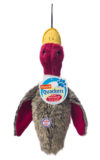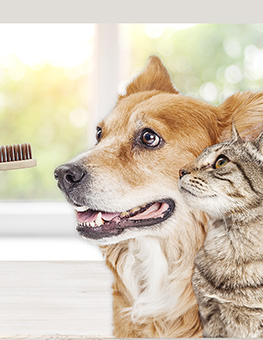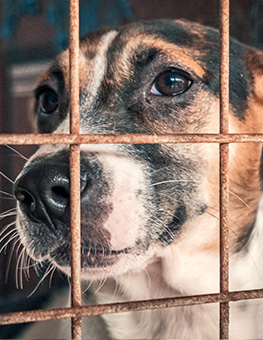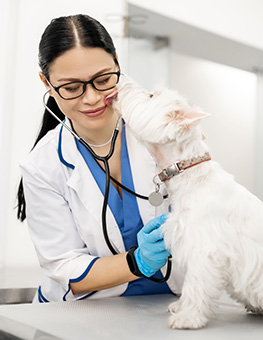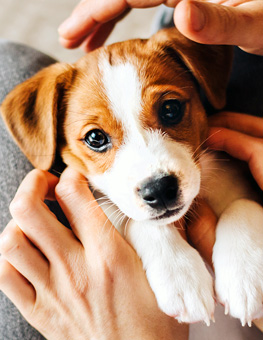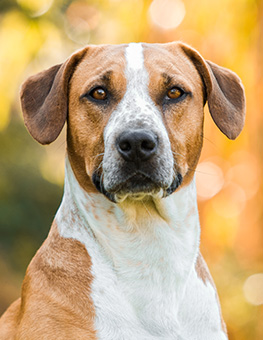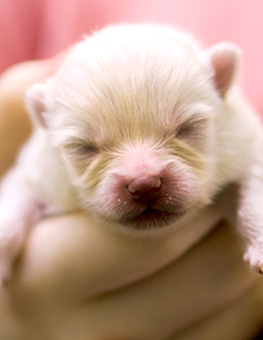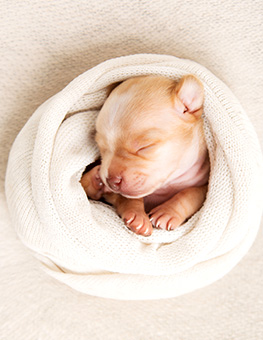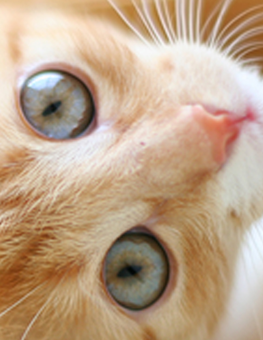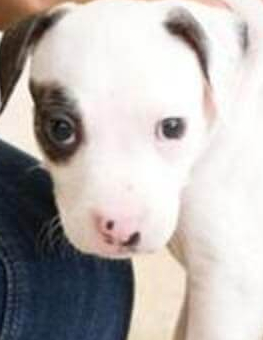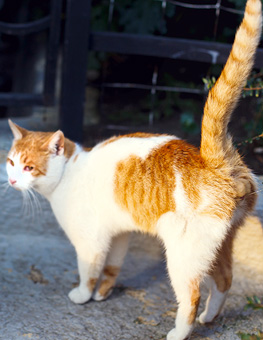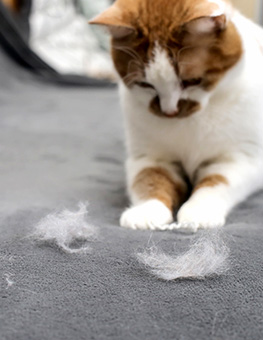Obsession Toys! Teaching your dog to behave in a Sarah Minute…
As a dog trainer, I’m blessed to work with both dogs and people—two of my favorite species!
I spend most days interpreting dog or puppy behavior, and coaching people to teach their dog English as a second language. Dogs, like young kids, want desperately to be a part of things. They excite, sometimes over-enthusiastically, to every day transitions, like people coming to the door or family members leaving. When training is overlooked, a dog or puppy often responds by over-reacting. This often brings a flush of excitement from the person involved, which is construed by dogs as play posturing or confrontational. Therefore, the dog or puppy becomes more reactive—more jumpy more nippy more destructive, instead of less.
Over my nearly 30-year career, I’ve learned to interpret human innuendos, as well as dog behavior. When a client says, “Rocco is pretty nice most of the time,” I know Rocco is probably less-than-nice some of the time. “Juno gets bored when we’re out.” Interpretation? Juno’s destroying the house furnishings. Or “Ace is so happy when people come over!” Ace is a jumper. He is excited for all the right reasons, but in need of some redirection.
While bad behavior may sound like a life sentence, it doesn’t have to be. If you think of your frustrations as your dog calling out for help, you can redirect your dog’s behavior in a “Sarah Minute”—my term for redeeming a dog the very first time I meet them, either in person or over the phone. Dogs, like children, long for direction!
Here’s my secret for redirecting a dog’s enthusiasm: Discover your dog’s “Obsession Toy!” Find a toy or two that unlocks your dog’s passions, be it a ball, a squeak toy, or a flying disc, and teach your dog to identify it on command. In my house, each of my four dogs has a favorite. Two love anything that bounces, my golden-mix has a penchant for discs that fly, and my little guy loves toys that squeak. The cues that prompt them? “Ball,” “Disc”, and “Toy!”
Use a command each time you play with the toys. When playing toss use multiple toys, exchanging one for another. When only one toy is used a dog may become possessive. Each time you bait your dog with a different toy use the same word or phrase, “Get your Toy!” Excite your dog to play with this toy and ask family members to do the same.
Now think of the times when your dog looked up to you with a quizzical expression, perhaps while you were watching TV or doing the dishes. Get the sense that he was bored or didn't know what to do with himself? Well, you’re probably right! Instead of ignoring him or giving a pat—try to encourage him to “Go find your toy!” and then praise or play with him when he does! Just now Hootenanny, my golden-mix, nuzzled me for affection. As both hands are currently tied up typing, I encouraged her to find her “Disc.” Once I’m done at the computer I've promised her a few tosses!
Once you've determined your dog’s passions and bought multiple toys to focus and satisfy his urges, place a few baskets about the house and fill them with several toys. I have baskets in my bedroom, the kitchen, and at each of our doors. When people visit, the dogs have been taught to grab a toy to show their enthusiasm, rather than jumping up or mouthing. Try it! Each time you come home or a visitor comes to the door, encourage your dog to take his “Toy” and wait to pet him until he’s calmed down. As good manners start at home, be sure everyone follows the same routine.
More quick tips to come on encouraging the Four Paw Rule, the purpose of a fester chew, and a simple and fun positive way to teach your dog “Fetch!” Remember, companionship and unconditional love flows from mutual understanding. Learn it with me In a Sarah Minute!



